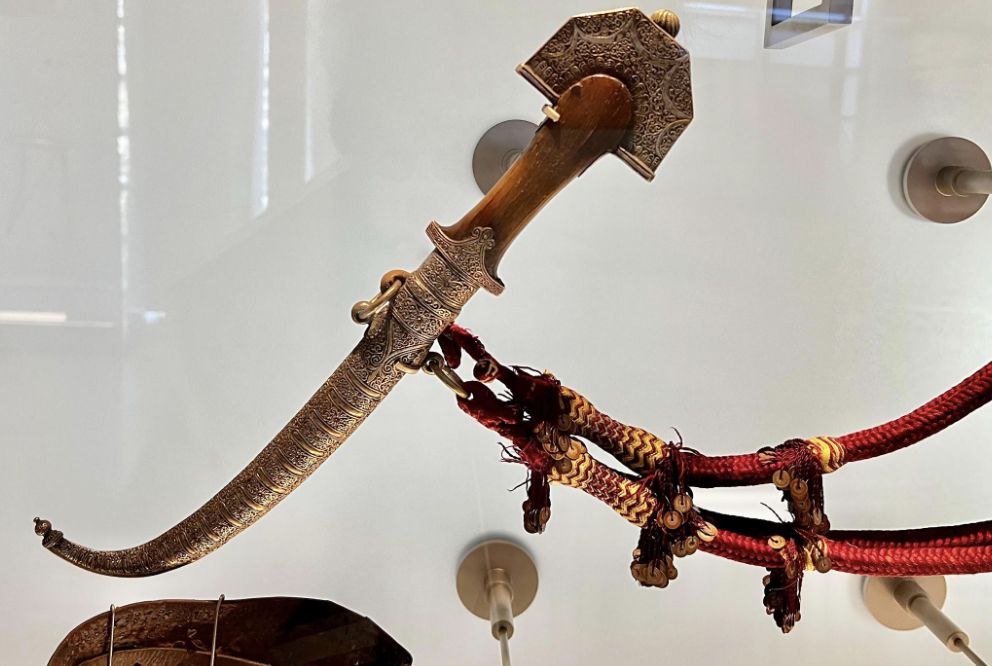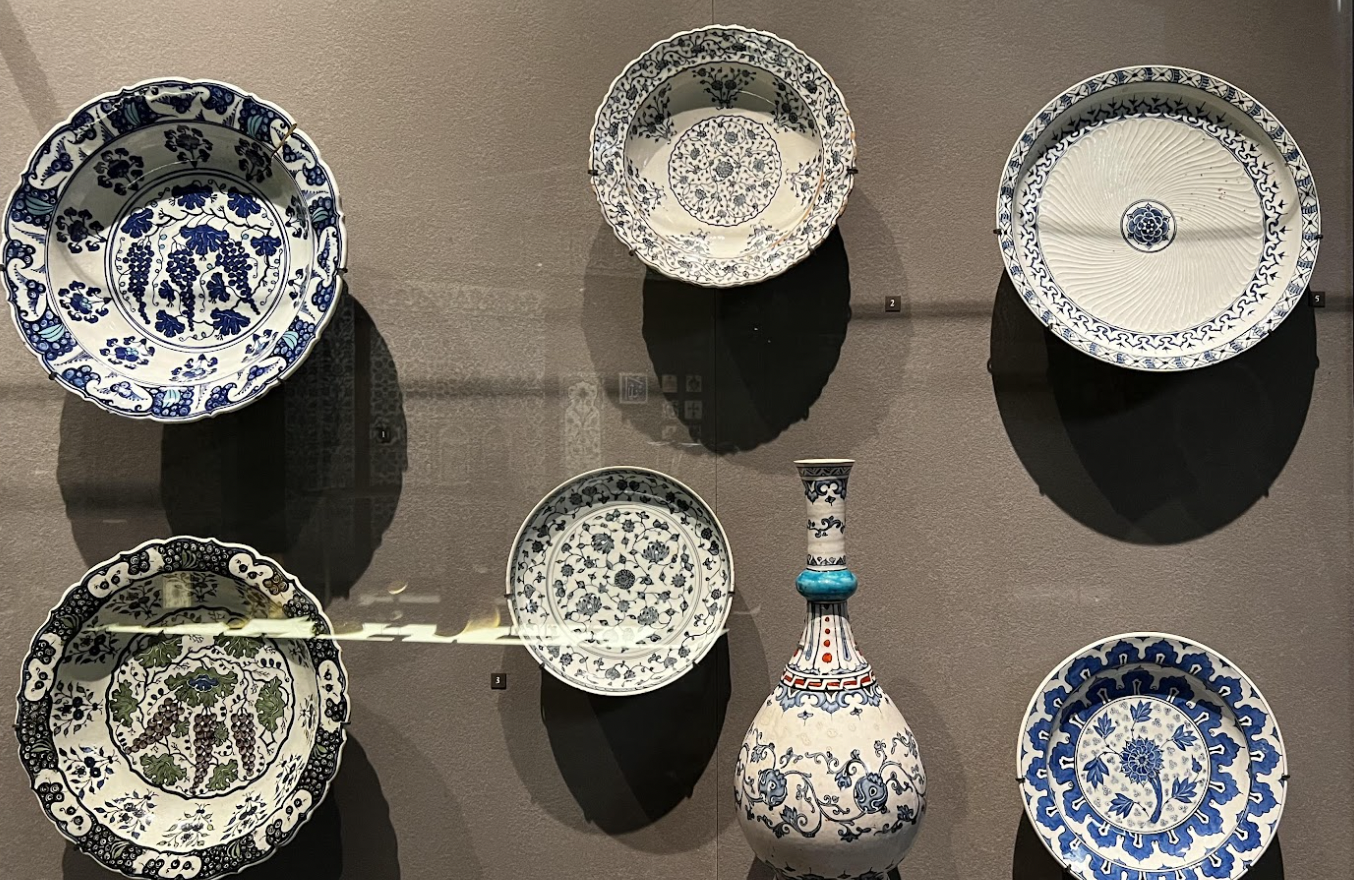Missing: Have You Seen These Artifacts?

Major museums are filled to the brim with cultural and historical artifacts that aren’t actually theirs. Big museums in big cities are the most common culprits; The Met, The British Museum, The Field Museum, The Neues Museum. But just how are these renowned institutions acquiring these artifacts, and how are they getting away with it?
The answer varies based on which museum and which exhibit you’re looking at. The “Naples in Paris'' exhibit, which came to the Louvre in June, is a collaboration with the Museo di Capodimonte, curated to provide “a unique insight into Italian painting from the 15th to the 17th century”; a way for Italy to share its culture with a French audience.
The act of sharing cultures is a common explanation given for showcasing artifacts from different countries. This is also a common argument for why major museums should be able to keep artifacts acquired centuries ago. Nevertheless, it is the history behind how they made it to the museum that puts the standing and credibility of this argument into jeopardy.
In a 2022 study on stolen antiquities, it was reported that ‘up to 70 percent of artifacts in some museums may be stolen’. In the Met Museum alone, more than 1000 artifacts are linked to looting and trafficking of some kind. This is also common here in Paris, within the walls of the Louvre, the Musee Quai Branly, and the Musee d’Orsay. In fact, most Parisien museums you can think of probably exhibit at least one stolen relic.
The Musee Quai Branly specifically housed multiple objects stolen from the Palace of Abomey by French forces until 2021, when 26 artifacts were finally returned to Benin. In a report ordered by President Macron, it was found that of the 90,000 artifacts in French museums, 70,000 are housed within Musee Quai Branly. It is not said exactly how many of those 90,000 objects were stolen. Still, as the President of Benin, Patrice Talon, commented that he is displeased by the “small steps” France took in the returning of these pieces of Benin’s cultural heritage, it can be assumed that there are many more yet to be returned.

More recent exhibitions showcasing international art and artifacts have started partnering with countries and different museums to bring those artifacts to Paris. The Islamic art permanent exhibit at the Louvre is a prime example. The Saudi Prince Alweed bin Talal donated $20 million to create the project. Corporations, like Total, contributed to the project alongside the governments of Morocco, Oman, Kuwait, Saudi Arabia, and Azerbaijan. The collection features artifacts from the Louvre’s stock and artifacts on permanent loan from Musée des Arts Décoratifs. The exhibition had been a debut for some of the objects in the Louvre’s storage, as some were not even registered in the museum’s database. The discovery of these artifacts and the creation of the Islamic art exhibit in collaboration with multiple Middle Eastern countries allow these pieces of art to see the light of day and to educate the millions of visitors who visit the museum each year.
The Institut du Monde Arabe has worked in collaboration with different countries to obtain different artifacts. It houses objects from the Riyadh National Museum in Saudi Arabia, the Manama National Museum in Bahrain, as well as the respective museums of Aleppo, Damascus, Palmyra, and Latakia. Objects on loan from various museums in Tunisia can also be found at the institute. Within the museum, one of the five floors that make up the museum illustrates Arab society; a collection is a compilation of donations from Saudi Arabia, government donations, and “market acquisitions [which] only represent[s] around 5% of the ensemble of 335 objects”.
When done ethically, the collaboration between different institutions allows for the exchange of differing cultures that gives the public opportunities to learn more about the world around them. When artifacts are properly exchanged and secured, it is the difference between cultural preservation and cultural destruction. The transfer of artifacts from the aforementioned Syrian museums was done before the country’s civil war (which would have made this transfer impossible), allowing the preservation and presentation of those artifacts, providing Syrian heritage with a way to survive and be showcased to the world. On the other hand, the presentation of Benin’s culture, while educational the French public, took a vital part of the country’s heritage with force.
The question of where these artifacts come from is an important one; one you should consider the next time you talk about museum exhibits. That amazing collection a museum has of cultural artifacts dating might have just been stolen.





